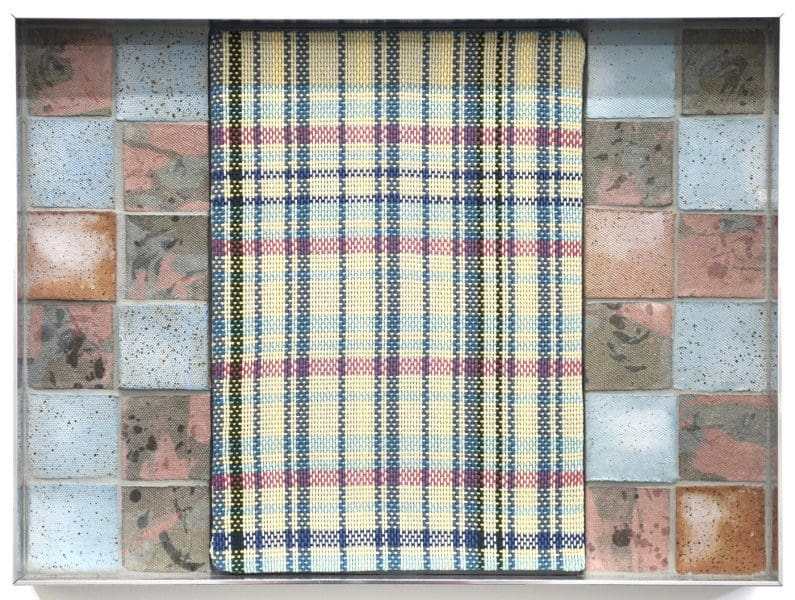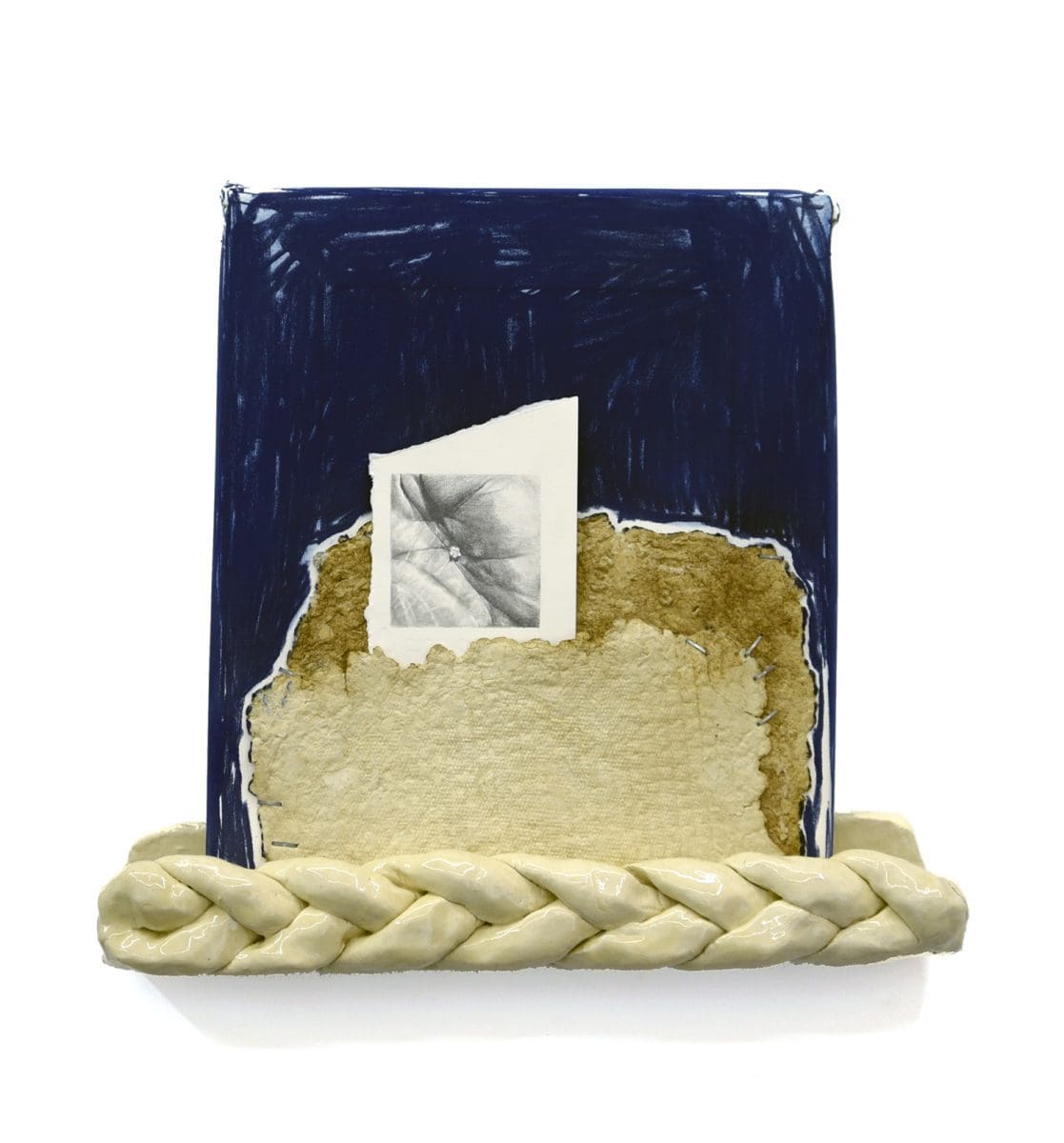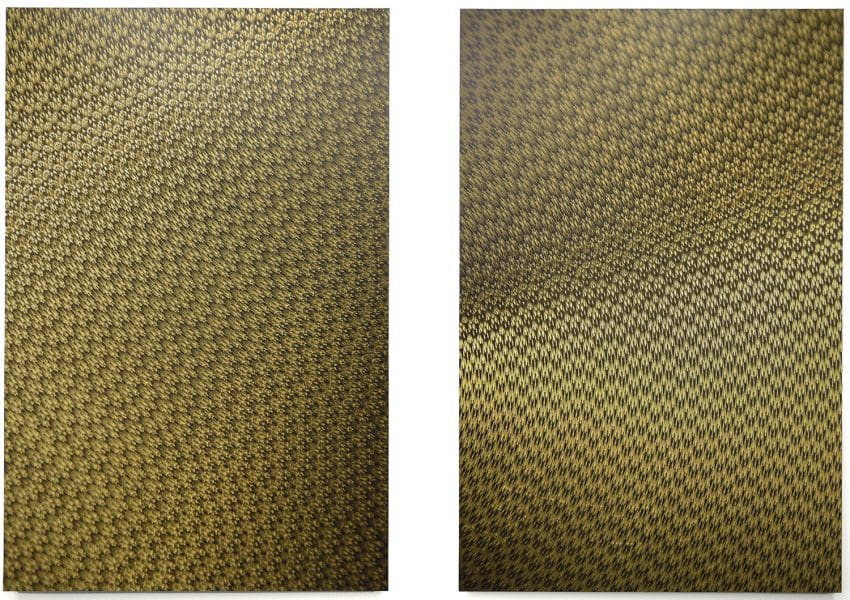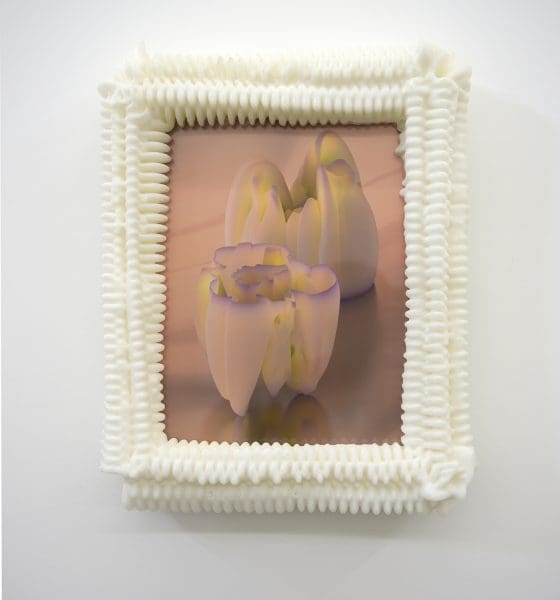
Making Space at the Table
NAP Contemporary’s group show, The Elephant Table, platforms six artists and voices—creating chaos, connection and conversation.





Melbourne feels, at times, filled with galleries packed with too many shows to see in finite spare time. But speak to artists and they’ll say that the city lacks spaces to exhibit. Conners Conners is a new non-profit gallery in the heritage Fitzroy Town Hall, and it reminds us that new galleries are a good thing. Co-run by artists and teachers Ry Haskings and Narelle Desmond, and curator and academic Vincent Alessi, the gallery aims to exhibit artists at various stages of their careers and to collaborate with galleries further afield in the Philippines and Japan.
The inaugural exhibition Conners Conners featured established artists. As a counterpoint, their current exhibition Sounds of Pacing is comprised of early-career artists, freshly graduated or still at art school. The exhibition title derives from alleged footsteps heard by Desmond in the Fitzroy Town Hall, but it also reflects the tone of the show, which features largely abstract, strong yet mollified, experiments in materials, line and colour. The surfaces of these artworks hold thoughtful explorations that borrow from elements of architecture, interiors and the digital world, with deeper conceptual concerns simmering beneath. As such, the show exudes an ‘expanded field’ notion of artmaking. Each work sits within its medium yet adapts characteristics of another: an assemblage contains a drawing and a photograph a sculptural frame, a painting has the realist detail of a photograph and a video work has characteristics of a drawing.
The gallery consists of two rooms given the white cube treatment. The first contains works, in a range of mediums, in which the gesture is evident. Alexandra Nemaric’s black work Sick Green, 2020, is the most expressionist in the exhibition with its white chalk scrawls, including a claw-like hand marking thick black paint. Its wooden frame has been burnt by the artist and the scent permeates a considerable radius around the work. A braided white ceramic horizontal piece supports Sarah Ujmaia’s wall sculpture, The Palm as a Fertile Crescent, 2019. On top rests three works on paper layered one in front of the other: a blue painting, a drawing of the creases of a palm holding a small object, and two sheets of stapled together handmade paper containing stains of pomegranate. The pomegranate, as a Middle Eastern fruit indicative of Ujmaia’s Iraqi heritage, is present but concealed in this work.

In the second room digital and architectural space figure. If the academic Rosalind Krauss described the grid in 20th century art as emblematic of modernity, Tia Ansell’s modernity has a domestic and archaeological tinge. Her wall assemblages contain grids of coloured tiles with loose weave fabric highlighting the horizontal and vertical patterning that makes up both. Another work that takes its cue from interiors is Peace, 2019, by Casey Jeffery, a trompe l’oeil detail of suburban 1970s fabric which elevates the dated home to vibrant charm. Anatol Pitt’s photographic diptychs Collapsing Viewpoint 1 & 2, 2019, on the opposite wall have similar illusionistic movement. Close up photographs of a roll of expired film create an ambiguous abstract surface of yellow, light and pattern. Grace Blake also uses photography unconventionally. In Oblique Cut Two Ways, 2018, a photo of a cyber-like prosthetic form is framed by a 3D printed bioplastic.
Sounds of Pacing places early-career artists in lively conversation with each other. There are enough similarities to hold them together, yet space to let them breathe. As a thoughtfully curated space to add to the gallery circuit, I look forward to seeing what Conners Conners do next.
Sounds of Pacing
Conners Conners
31 January – 29 February